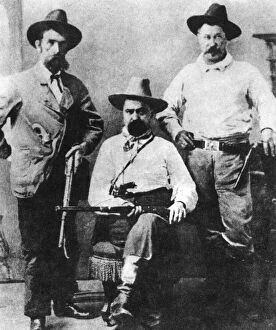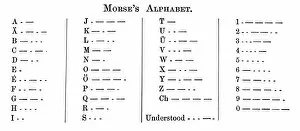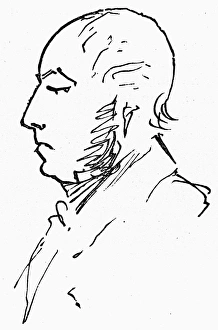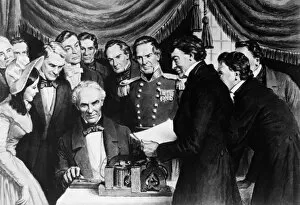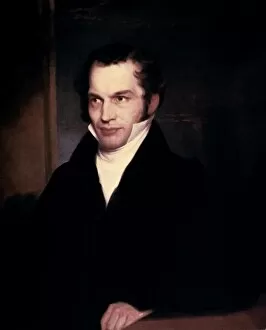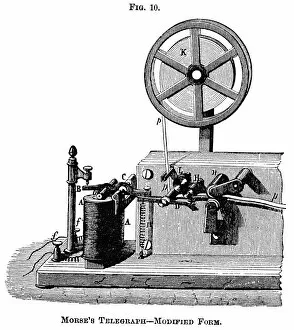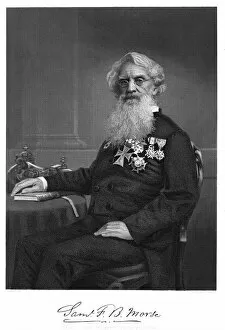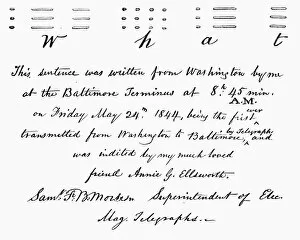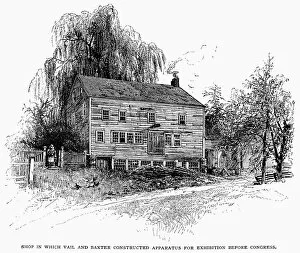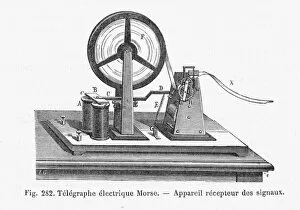Finley Collection
"Discovering the Legacy of Finley: From Morse Code to Meteorology" In the late 19th century
All Professionally Made to Order for Quick Shipping
"Discovering the Legacy of Finley: From Morse Code to Meteorology" In the late 19th century, a man named Samuel Finley Breese Morse revolutionized communication with his invention of the single-wire telegraph system and Morse code. His groundbreaking work paved the way for instantaneous long-distance communication, forever changing the world. Captured in a captivating photograph from that era, we see William A Pinkerton surrounded by two express agents. This image transports us back to the cusp of technological advancement when Morse's inventions were being utilized for security purposes. Samuel F. B. Morse himself is immortalized in another mezzotint portrait by John Sartain. The intensity in his eyes reflects his determination and passion as he harnessed electricity to create a language that transcended borders - Morse code. But it wasn't just Samuel who carried on this remarkable legacy; others like John Park it also made their mark. As an American meteorologist and university professor, Finley contributed significantly to our understanding of weather patterns and atmospheric phenomena. Meanwhile, humorist Finley Peter Dunne brought laughter into people's lives through his witty observations about society. His words resonated with many during challenging times, providing much-needed comic relief. The connection between artistry and innovation becomes evident when we explore Samuel F. B. Morse's dual identity as both an artist and inventor. Oil over a photograph captures him perfectly – a visionary whose creativity extended beyond scientific boundaries. Even Lydia Coit Terry (Mrs. Eliphalet Terry), captured in an American painting from that time period, represents how individuals associated with "Finley" played diverse roles within society – contributing not only scientifically but also culturally. Moving away from individuals directly linked to "Finley, " we encounter Mt Holyoke Paper Company's advertisement featuring their renowned writing paper cutter named after this influential figurehead - 'the Finley Cutter. ' It serves as a reminder of the impact Morse's inventions had on various industries.



